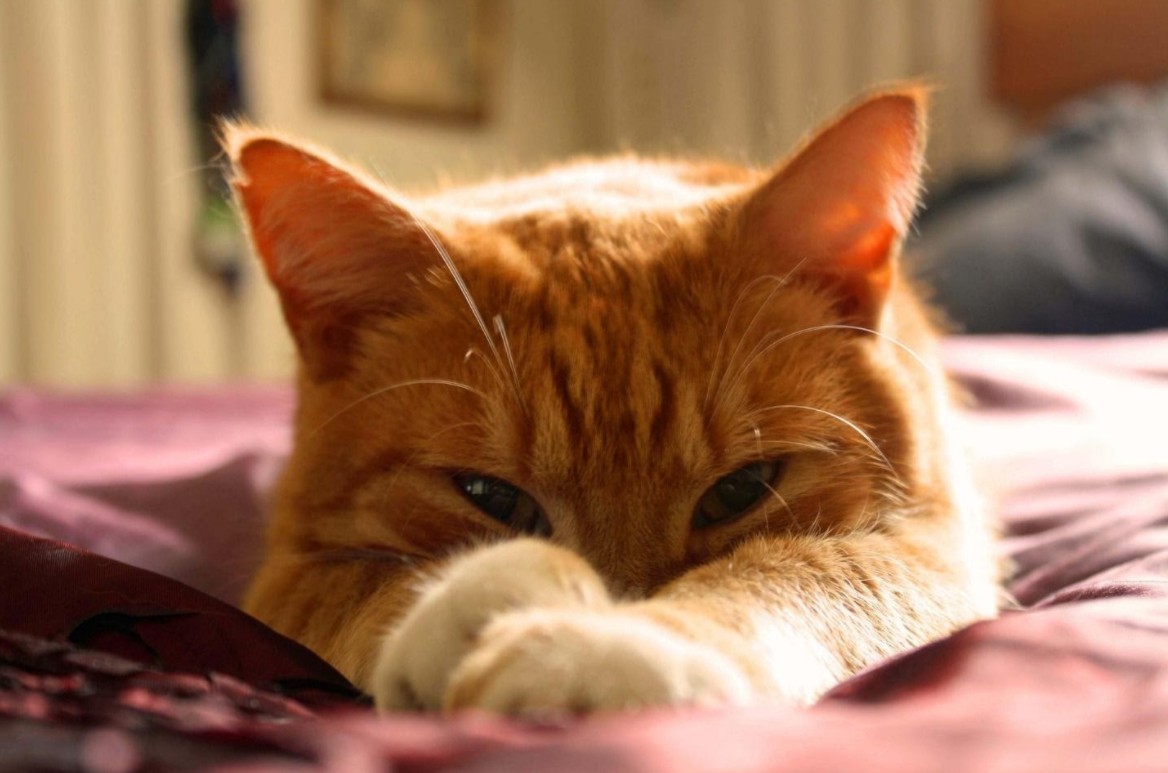
Tips for Creating a Cat Grooming Routine
Everyone knows that cats love to groom themselves. They like their body neat and clean. In fact, cats have been found to spend half their lives grooming themselves. With all this time spent grooming, why do we, as humans, need to also spend time grooming them?
According to Benjamin L Hart, Professor Emeritus at the School of Veterinary Medicine, University of California, Davis, “Oral grooming is common in cats, as in rodent and bovid species, where grooming has been shown to be effective in removing lice and ticks.”
Cats are natural groomers. They love to do two things: sleep and groom themselves a lot. But if YOU help them in the grooming procedures, it can help improve their health. And, if you regularly groom them, it will give you insight into their well-being or allow you to notice if they are exhibiting any potential health problems.
This article will look at tips for creating a cat grooming routine and how it will help your cats.
How to start the grooming procedure?
It is not a good idea to start the grooming process without preparing your cat. If your furball is not ready to be groomed, remember that she has claws, and it may not end up well for you. So, before you start grooming your cat, get her used to the grooming procedure.
Choose the time when your cat is most relaxed; this is usually after mealtime. Begin the procedure with short sessions to get used to how your cat feels about the grooming procedure. Introductory sessions should last between five and seven minutes. If your cat isn’t comfortable, you can give treats to make the situation more relaxing .
It is always a good idea to stop the grooming procedure if your cat starts to show any negative reactions. One thing you should never forget is that patience is key in the grooming process.
Start grooming from an early age
It is a good idea to start grooming from an early age, so that your cat knows the grooming procedure. Increase the grooming time as your kitty gets comfortable and do it regularly, so that it turns into a routine after a while.
Tips for creating a cat grooming routine
Grooming your cat usually begins with a simple bath, followed by skincare and dental care. These are some tips to help in grooming your cat:
Bathing tips
If you ever think that your cat looks a bit dirty or smells bad or even find something that is stuck in his or her fur, it is best to bathe your furry friend. Follow the tips below to keep your kitty feeling minimal stress during bath time.
Brushing tips
Brushing is an essential part of grooming, and if you have a long-haired cat, it will not only remove grease, dirt, dead hair, and dead skin, but it will also help keep the skin healthy. Brushing twice a week is very beneficial for your cat. Before starting to brush, make sure to first observe the condition of your cat’s coat. If their skin is healthy, the hair will have a natural shine.
It will also be free of fleas and ticks. As vet consultant of ThePets.net Dr. Chyrle Bonk notes, cats that walk around outside are always more likely to pick up fleas, and you should always be keeping an eye out for the tell-tale tick and flea signs. Also, look out for unusual bumps or injuries.
Short-haired cats
If you have a shorthair cat, use a metal comb and brush her fur in a head-to-tail direction to remove debris and dirt. Try to move the comb in the direction your cat’s coat naturally grows. After that, brush the remaining part of your cat’s body – the underside, chest, and legs. As you brush your cat, focus on removing tangles and dead hair. A rubber brush can also be handy in removing dead hair from a shorthair cat.
Long-haired cats

If your kitty has long hair and stays indoors most of the time, she may need a grooming session every few days to remove tangles and loose hair. Start brushing your cat from the legs to the abdomen and then move up to the head.
In the case of long-haired cats, tangles and knots are very common; you can use talcum powder and gently move your fingers in the fur to remove the knots. If the knots are not removable by hand, you can also try a mat splitter. If you don’t brush your cat regularly, this can result in painful knots and the potential hairball. Hairballs can be seen when cats expel them with feces or cough them on the ground.
Ear grooming tips
Cats’ ears are powerful and can hear the slightest sounds – like when you open a treat bag in your kitchen, they hear it in any other room. Despite this, your kitty still needs regular ear cleaning at least once a week to remove debris and wax. It will also help you detect any possible infections early on.
Nail grooming

Cats need healthy paws to climb, scratch, and hunt their prey. This is why you need to pay attention to their paws and make sure they are not injured.
Dental Care Tips

Leigh Pitsko, Assistant Curator of Great Cats at The National Zoo, said that “Their tongue is actually like sandpaper. They have tiny hooks called papillae. When they glide across the fur, it acts like a comb.”
In the report in the National Academy of Sciences, cat’s tongue has 300 filiform scoop-shaped papillae that can be moistened with saliva to clean the fur.
Conclusion
Cat grooming is an important part of cat care, and as a responsible cat owner, it is your responsibility to keep your kitten in tip-top shape. You can also seek help from a professional and make sure your kitty remains in good health.







